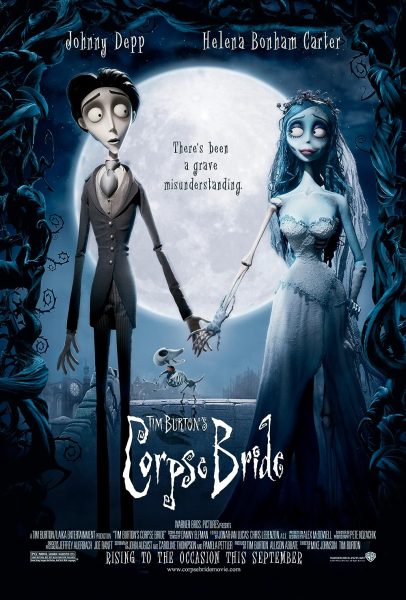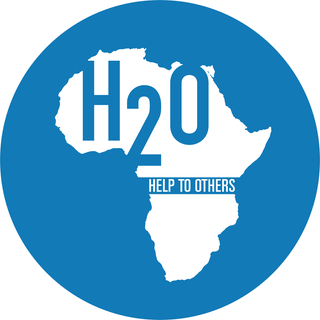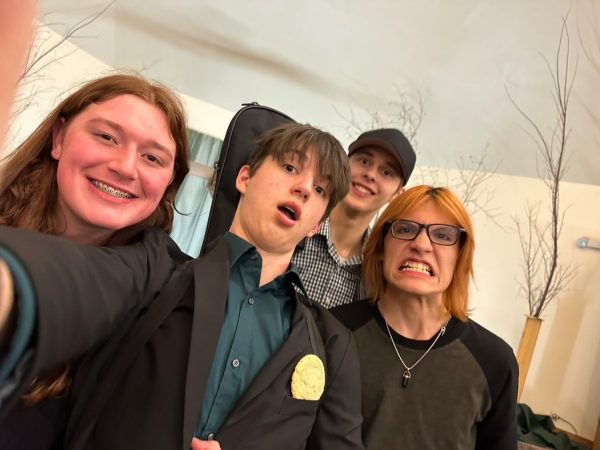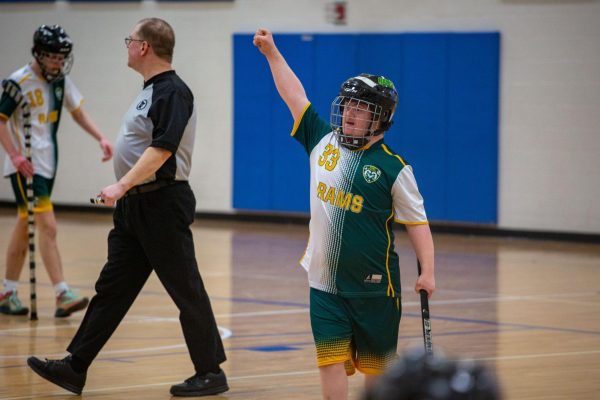LGBTQ+ Representation in Superhero Culture
November 29, 2021
Since the start of comic book heroes in 1938 where Superman appeared for the first time in Action Comics, there have been several movements for increasing representation of minorities on screen. However, the LGBTQ+ community always seemed to lack representation. In recent years, however, increasing amounts of LGBTQ+ comic characters have appeared across the industry. TV shows like Batwoman, Supergirl, and Young Justice have included characters in the community. In 2021, a few of the biggest title figures in the comic book empire were revealed to be LGBTQ+.
The third Robin in Batman, Tim Drake, was confirmed queer in the Batman: Urban Legends #6 issue, in August 2021. Formerly dating Batgirl in an on-and-off relationship and Wondergirl in Young Justice, Drake was constantly in the backlight of DC comics as one of the least-loved characters in the Batman Family. In the Urban Legends issue, Drake saves his old high school friend Bernard Dowd from a sacrificial group as Robin after which Dowd later asks Drake on an official date.
In the September 2021 issue of Superman: Son of Kal-El, Jonathan Kent, the newly elected Superman, was confirmed bisexual. In the latest issue of the new Superman comic series, Kent shares an intimate moment with high school news reporter Jay Nakamura. On Twitter, Tom Taylor, the writer of the series, posted, “I’ve always said everyone needs heroes and everyone deserves to see themselves in their heroes. Today, #Superman, the strongest superhero on the planet, comes out as bisexual. I chatted to @georgegustines at the @nytimes about what’s coming for Jon Kent.” Taylor promises a bright future for the newly announced bisexual character.
As Disney expands the Marvel Cinematic Universe, the Loki series confirmed the character Loki Laufeyson’s bisexuality in the Cinematic Universe. In episode three, Loki has a conversation with an alternate version of himself, Sylvie, about their love interests. “What about you? You’re a prince, must have been would-be princesses. Or perhaps another prince?” asked Sylvie, to which Loki responded, “A bit of both, I suspect the same as you.” In the comics, Laufeyson was known as genderfluid in addition to his bisexuality. His adoptive father Odin said, “My child who is neither my son nor my daughter,” in reference to Loki before he sent them on a mission.
The director of the show, Kate Herron, said on Twitter, “From the moment I joined @LokiOfficial it was very important to me, and my goal, to acknowledge Loki was bisexual. It is a part of who he is and who I am too. I know this is a small step but I’m happy, and heart is so full, to say that this is now Canon in #mcu #Loki.” Herron, who is bisexual herself, expressed her excitement towards seeing her sexuality being played out on the silver screen. While the queer inclusion within big media companies like DC and Marvel provides a step forward in comic book history, fans hope to see more and more inclusivity inside these mass media empires.


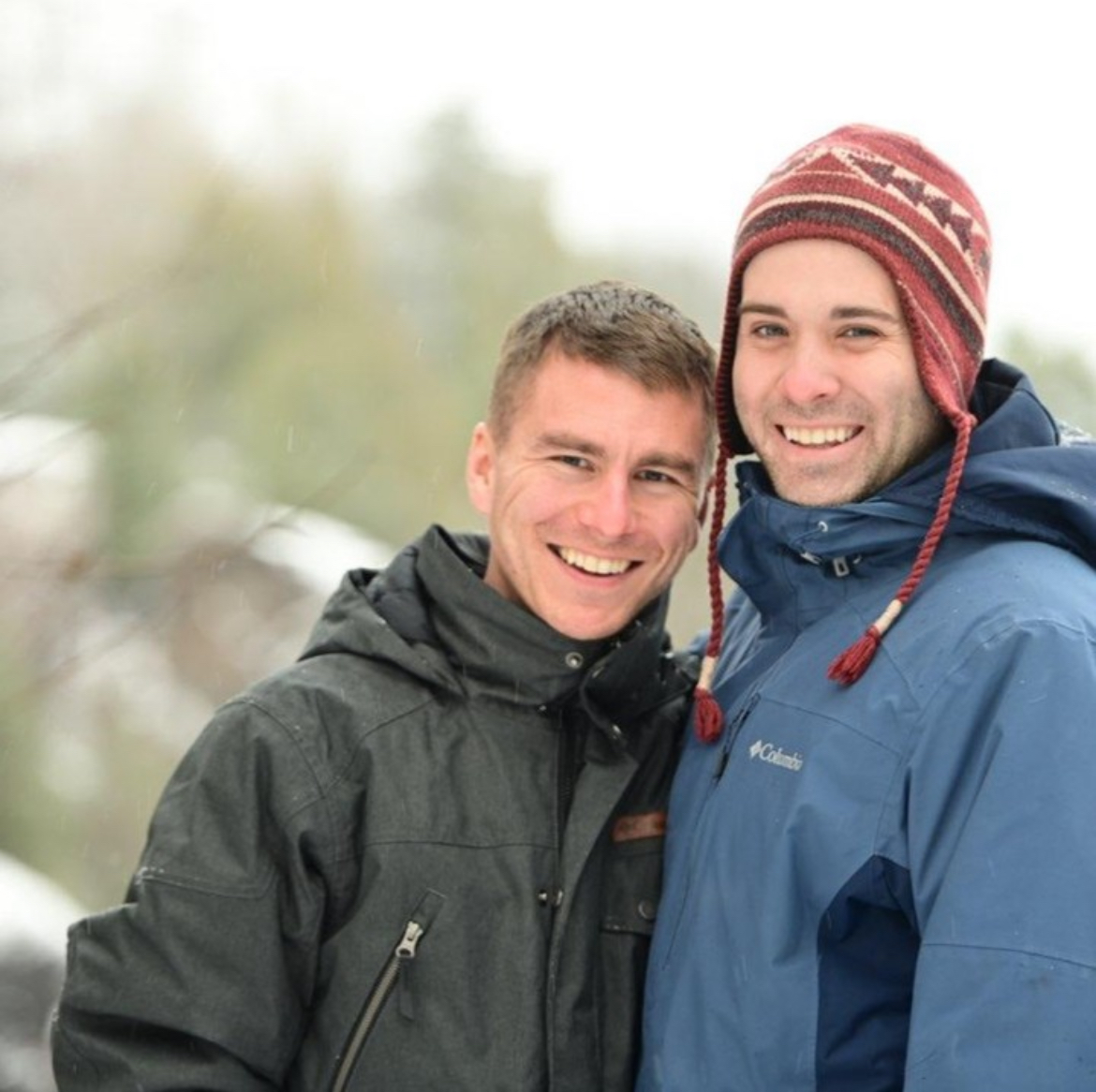



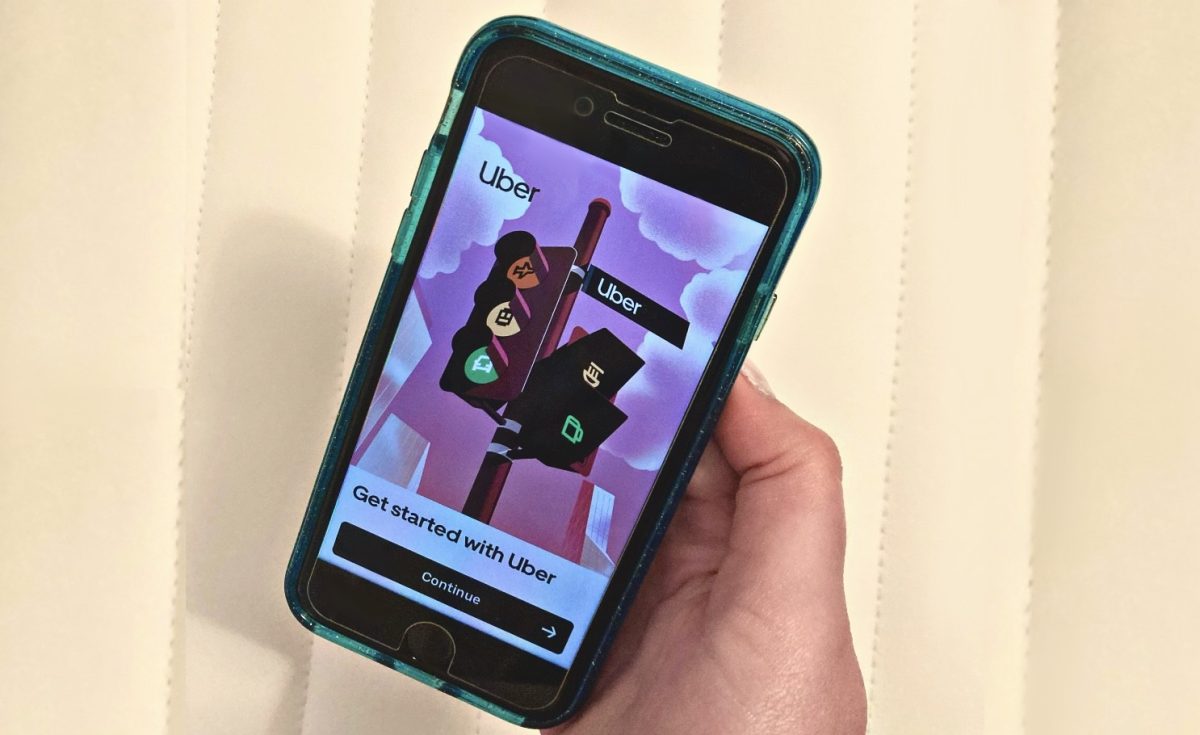


![[OPINION] New Voices Passes in MN… finally](https://www.mvviewer.org/wp-content/uploads/2024/05/new-voices-1200x982.png)
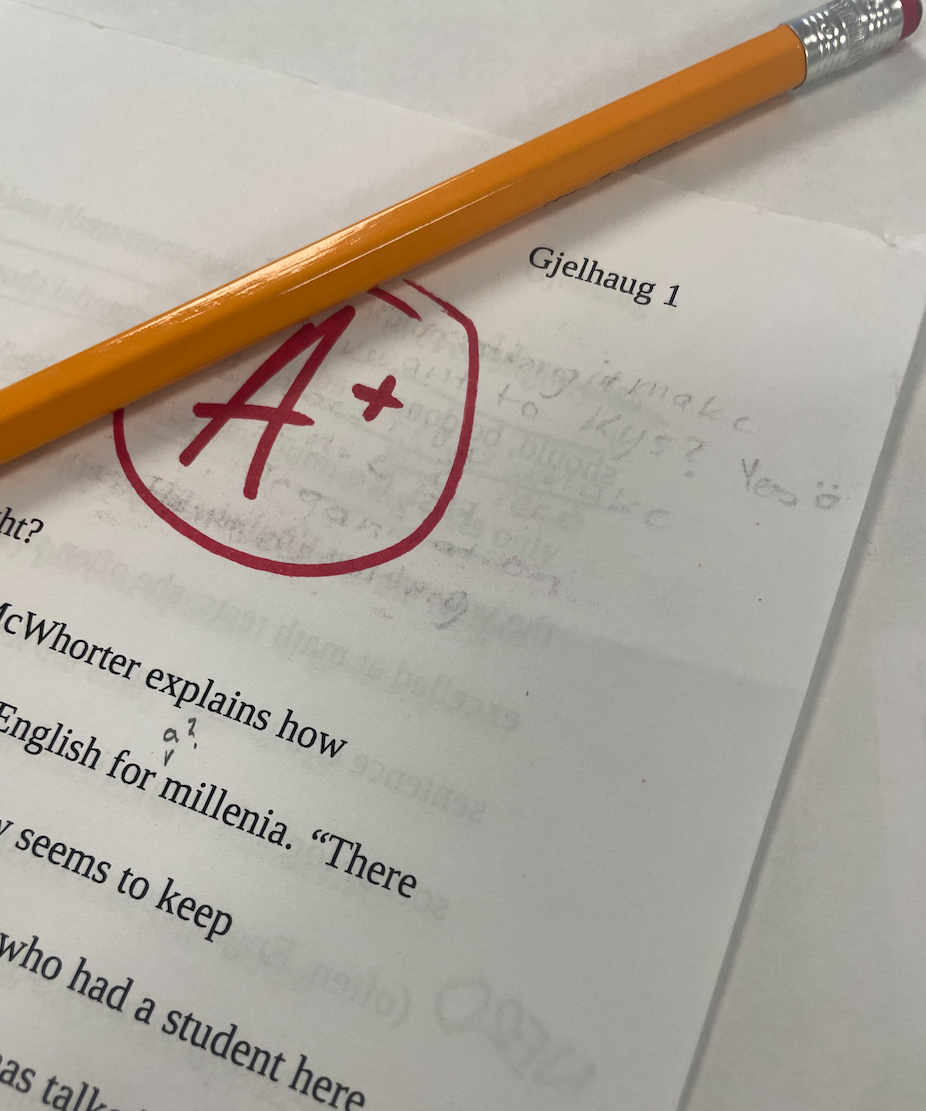
![[OPINION] Tradwife trends exclude women of color](https://www.mvviewer.org/wp-content/uploads/2024/04/Untitled184-1200x873.jpg)
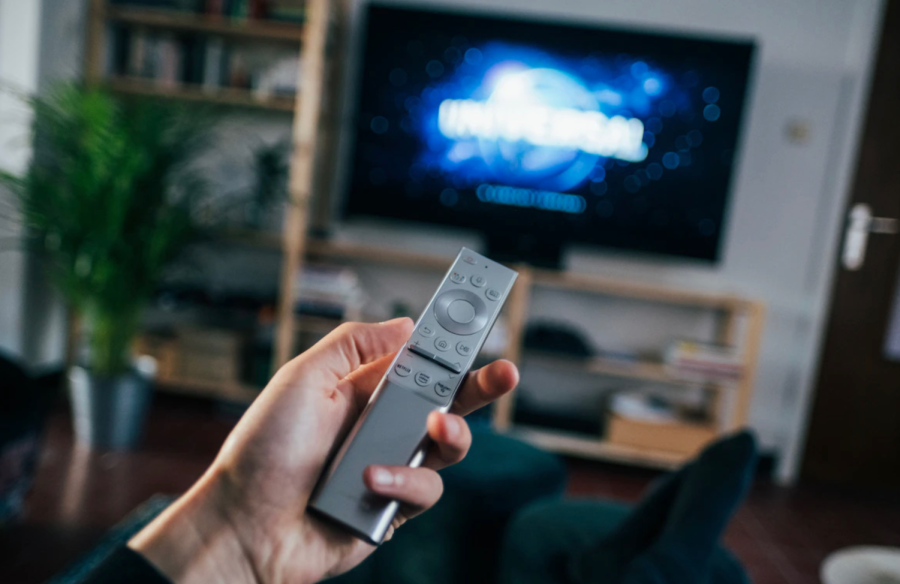
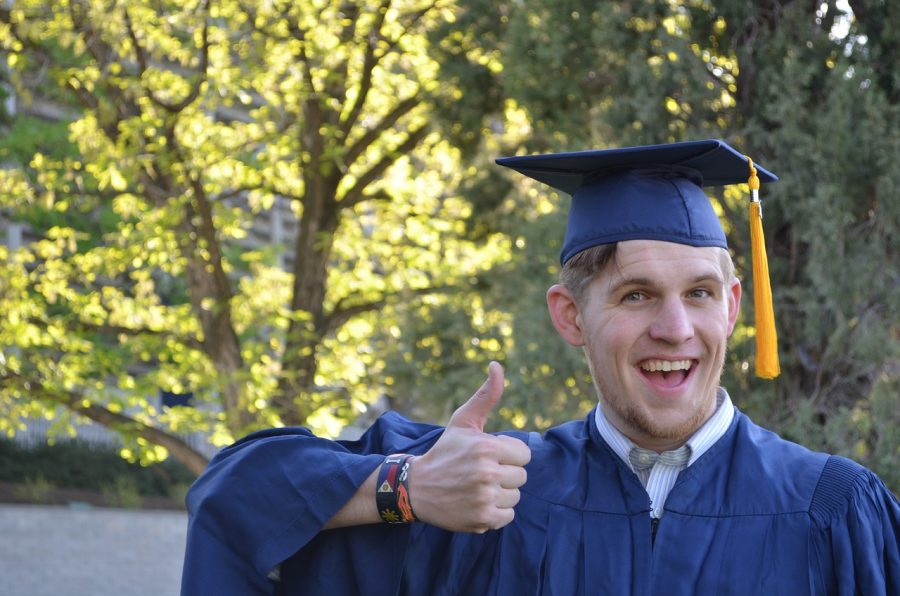
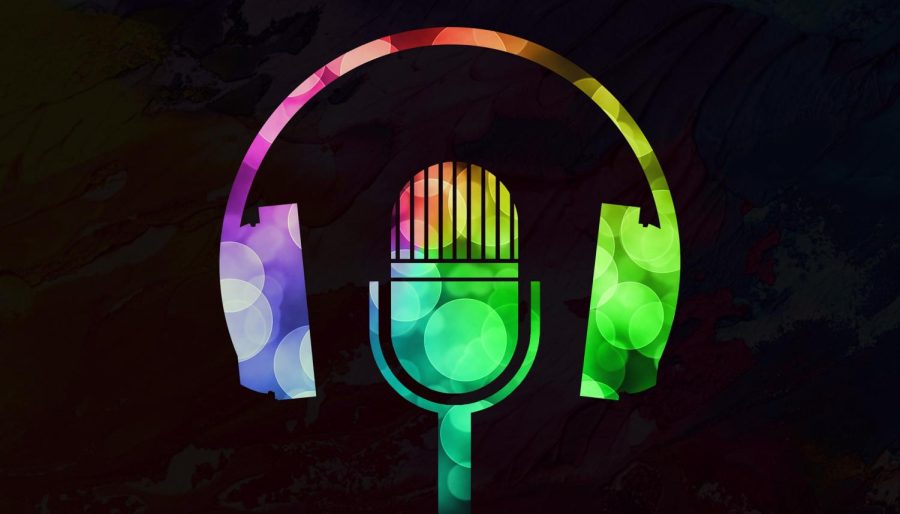
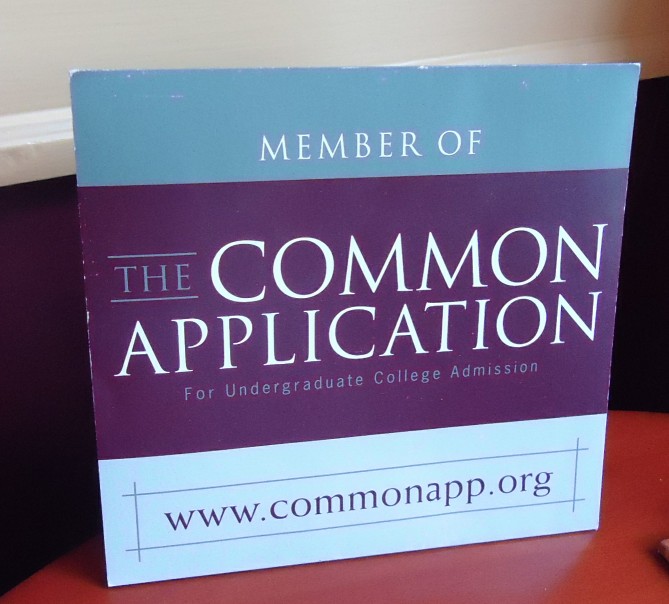
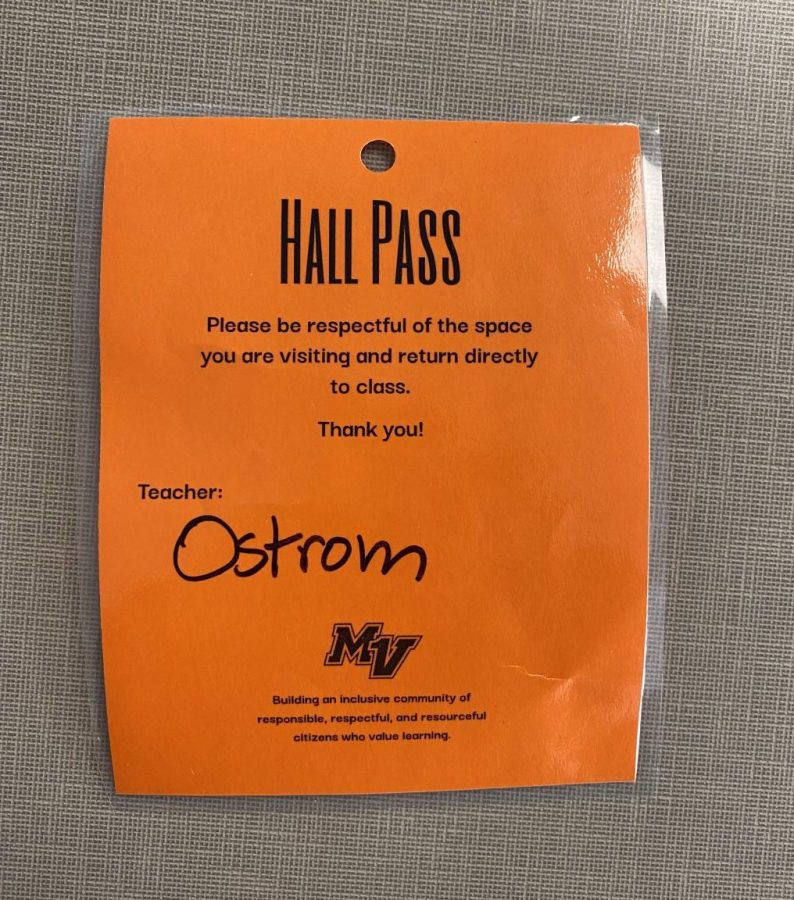
![[DEBATE] Should advanced classes be eliminated?](https://www.mvviewer.org/wp-content/uploads/2024/01/Untitled161-2-1200x796.png)
![[DEBATE] What’s better? Coed vs single-gender schools](https://www.mvviewer.org/wp-content/uploads/2023/12/Untitled153_20231215153759-1-1200x405.png)
![[DEBATE] Should legacy admissions still exist?](https://www.mvviewer.org/wp-content/uploads/2023/12/IMG_1460-1200x1200.jpg)

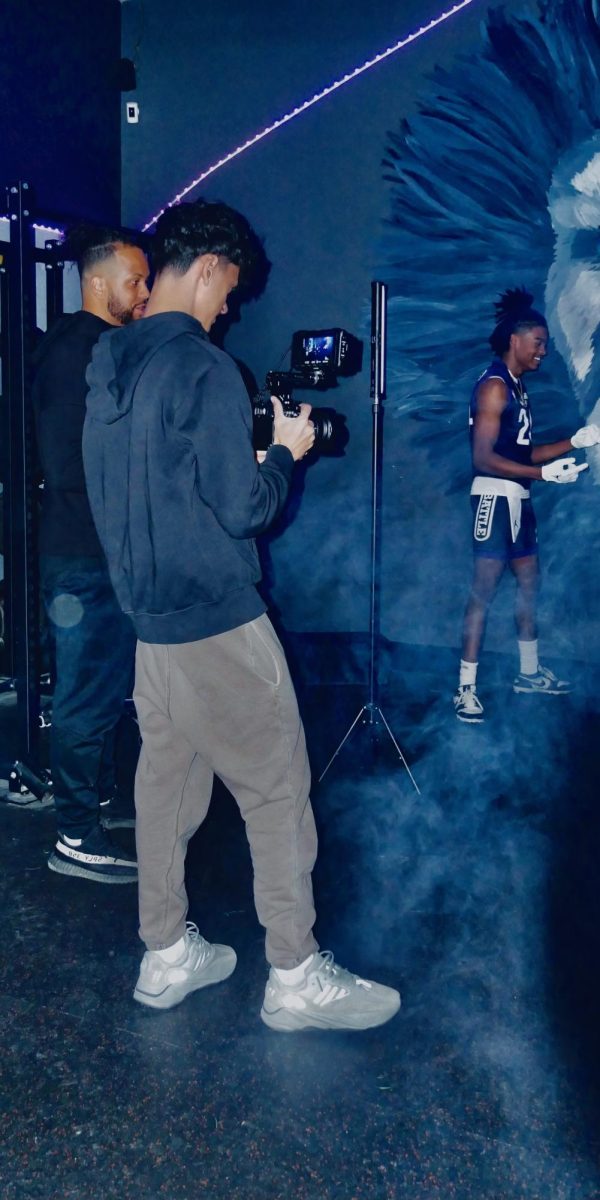
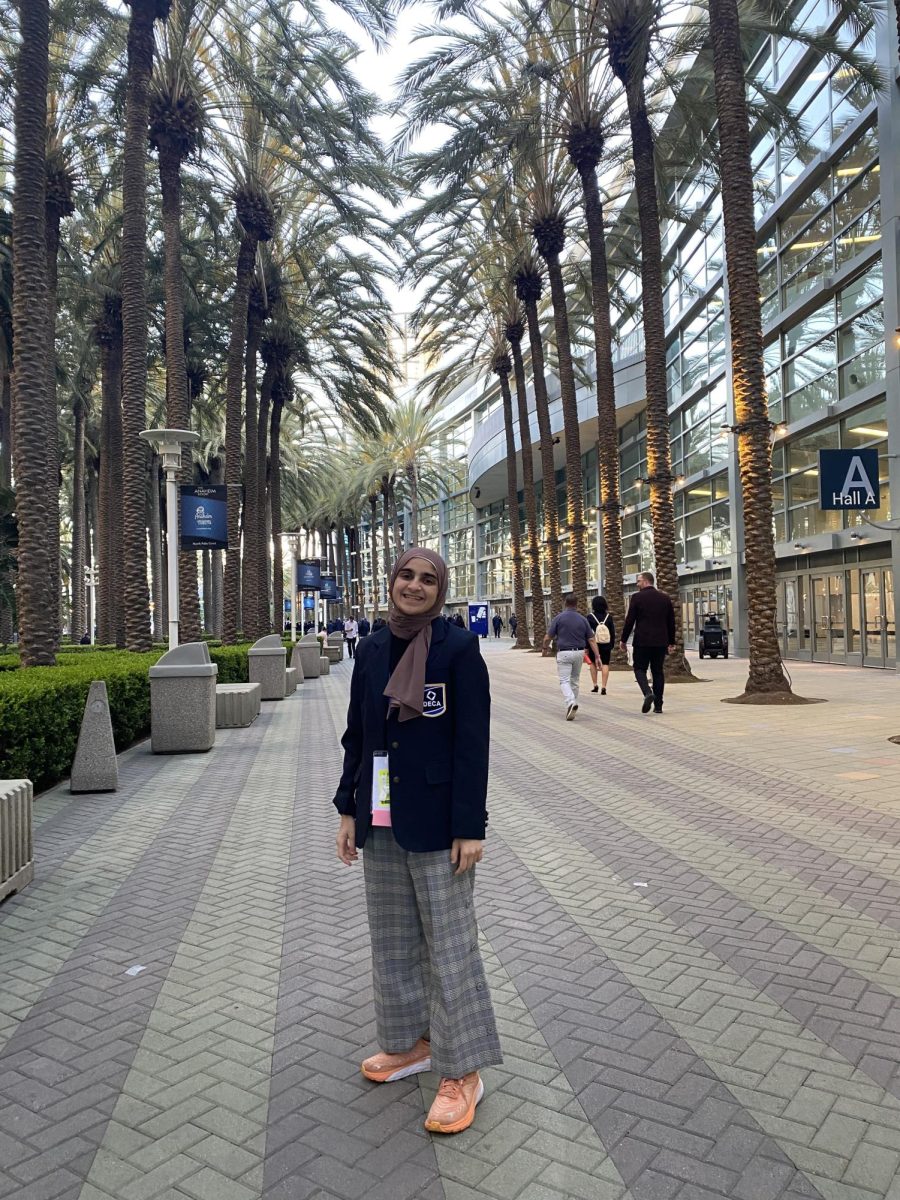

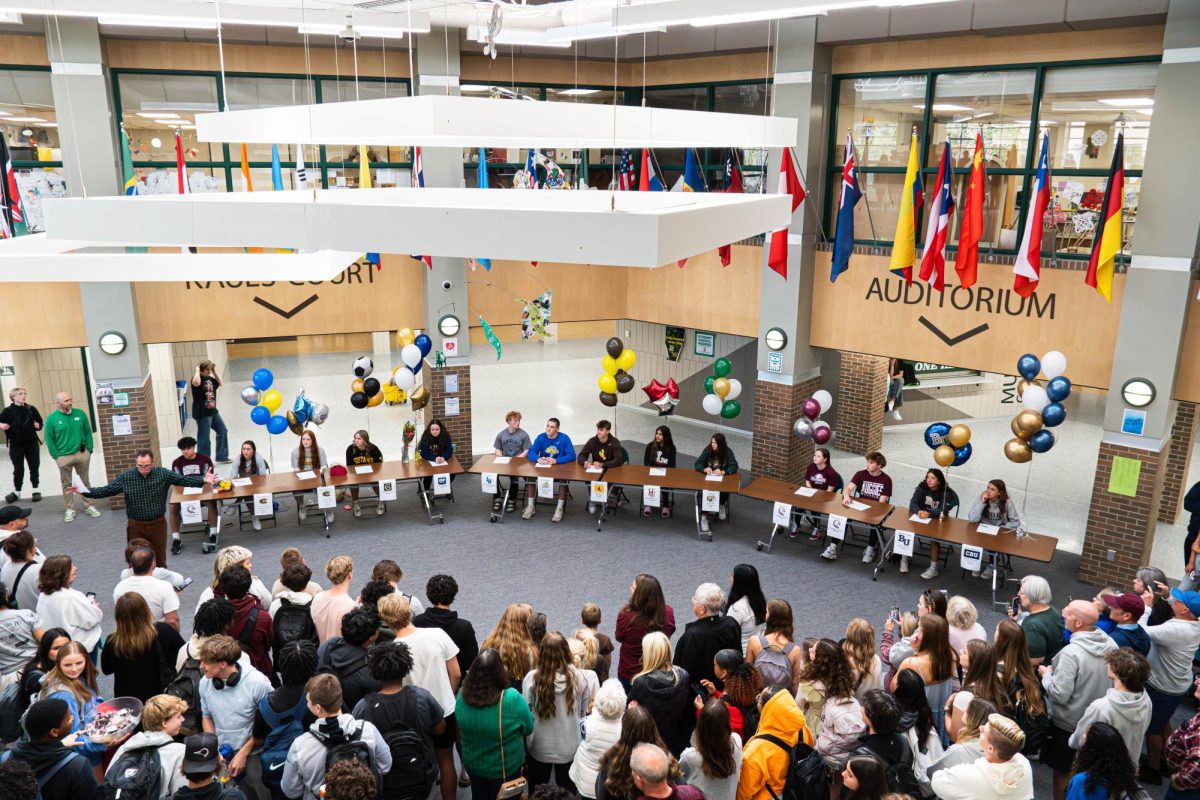
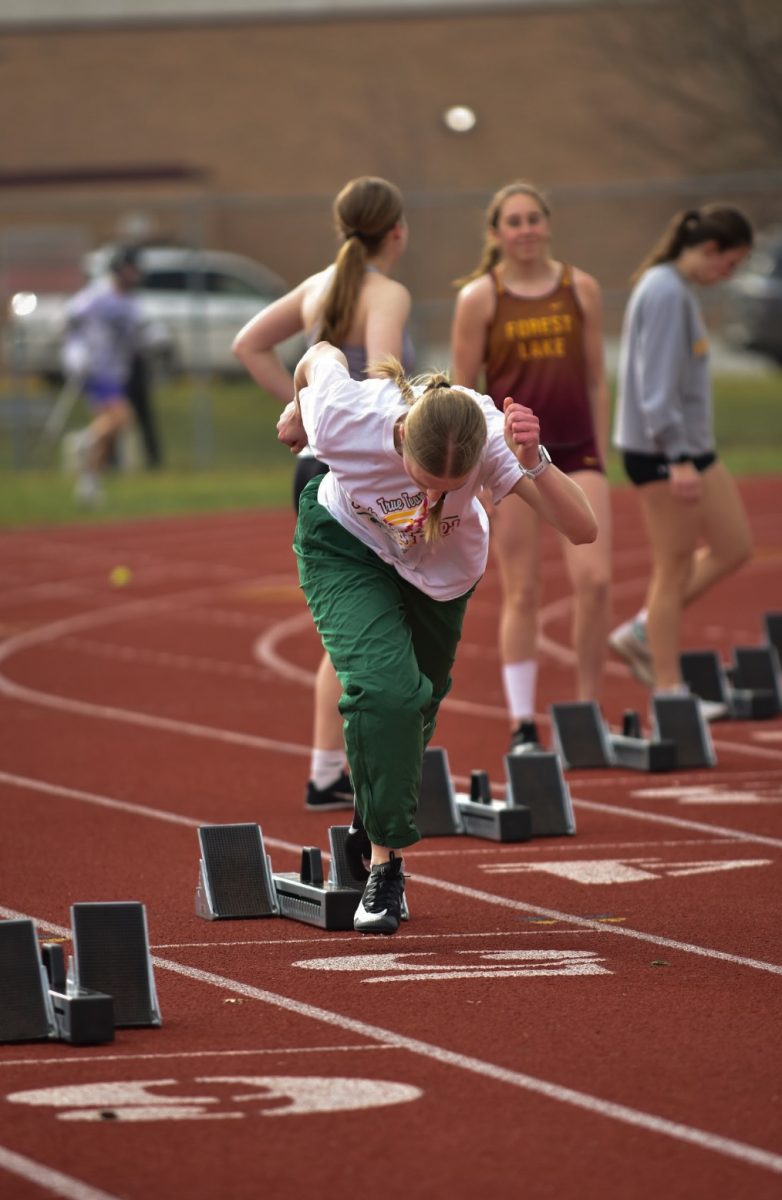
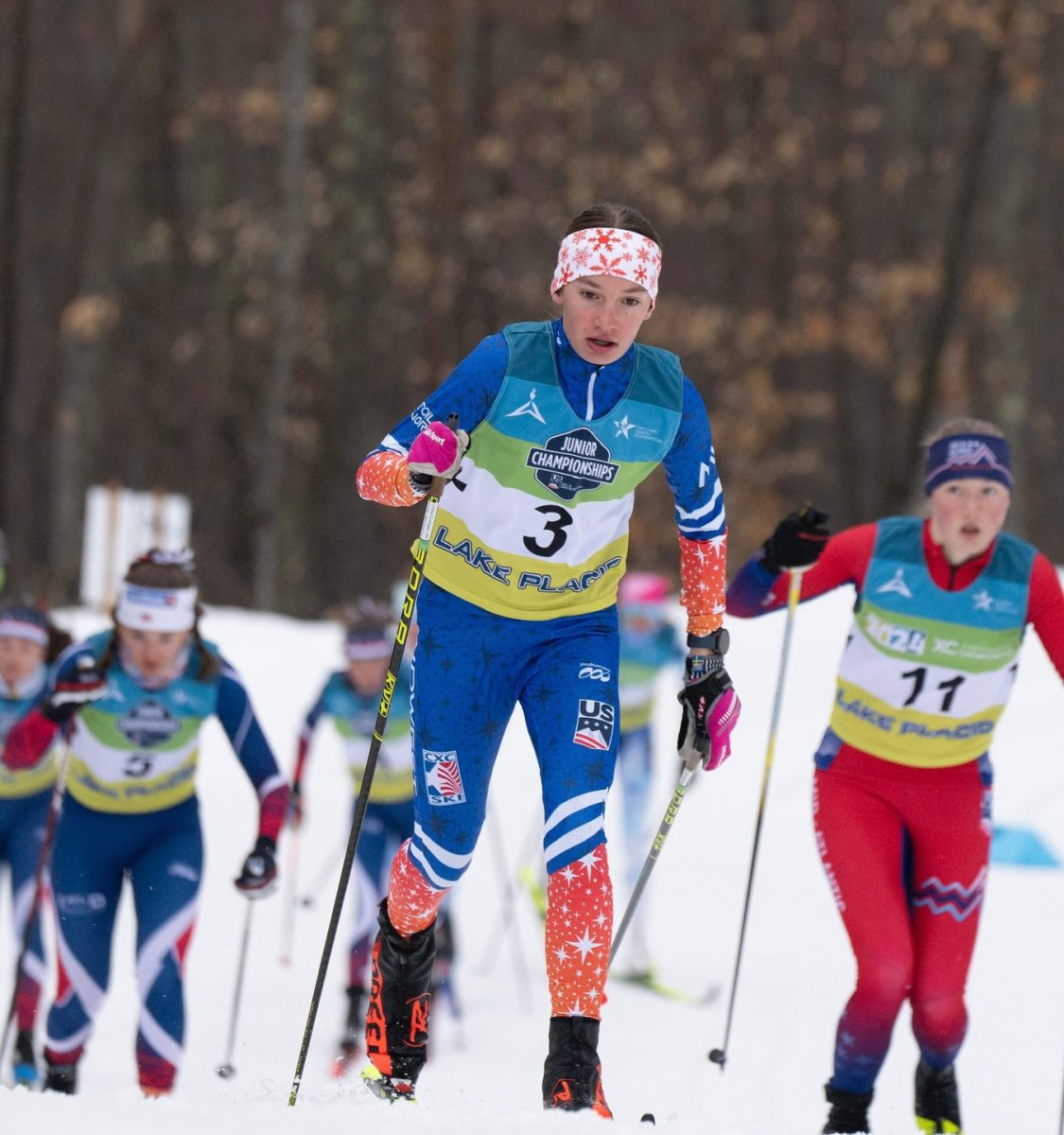
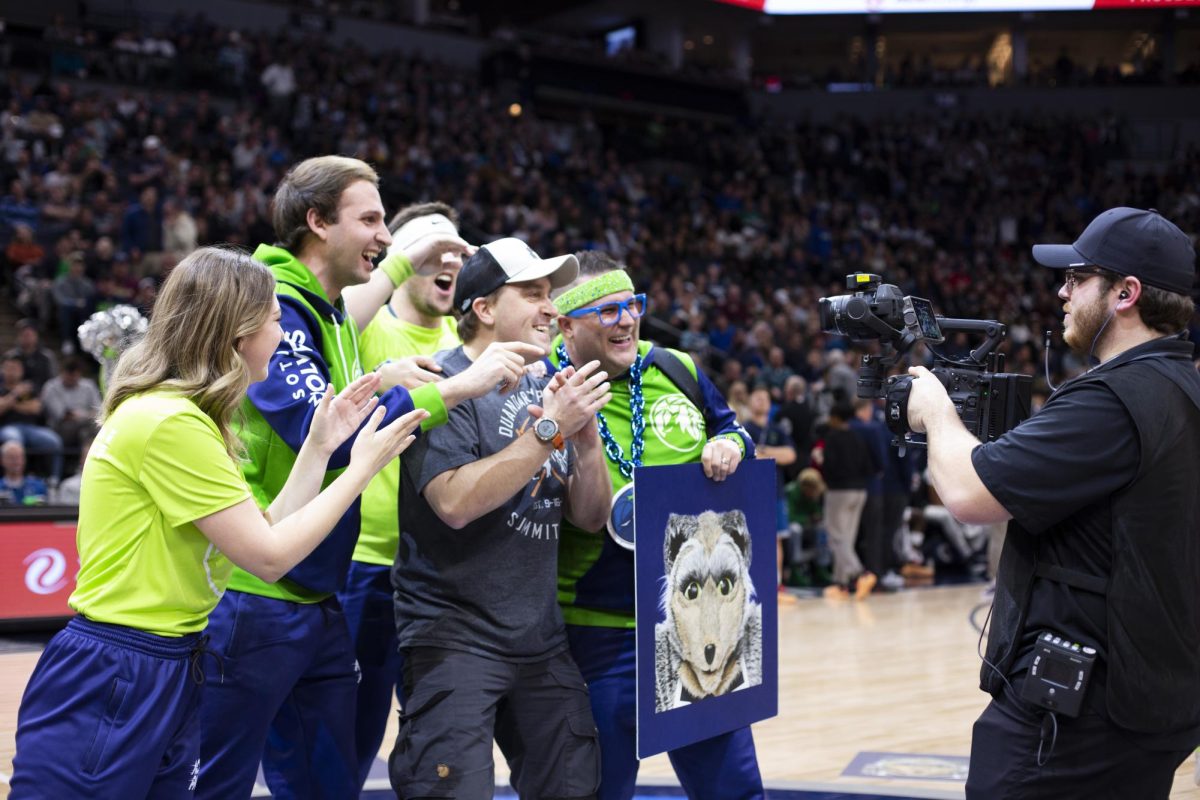

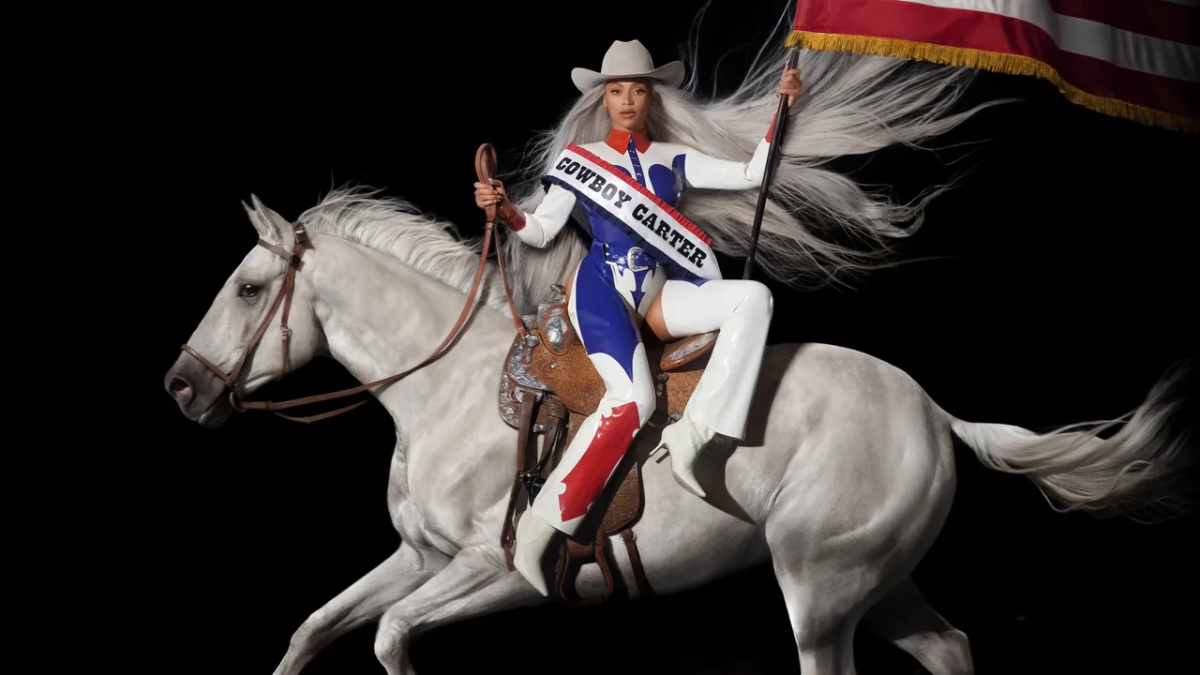
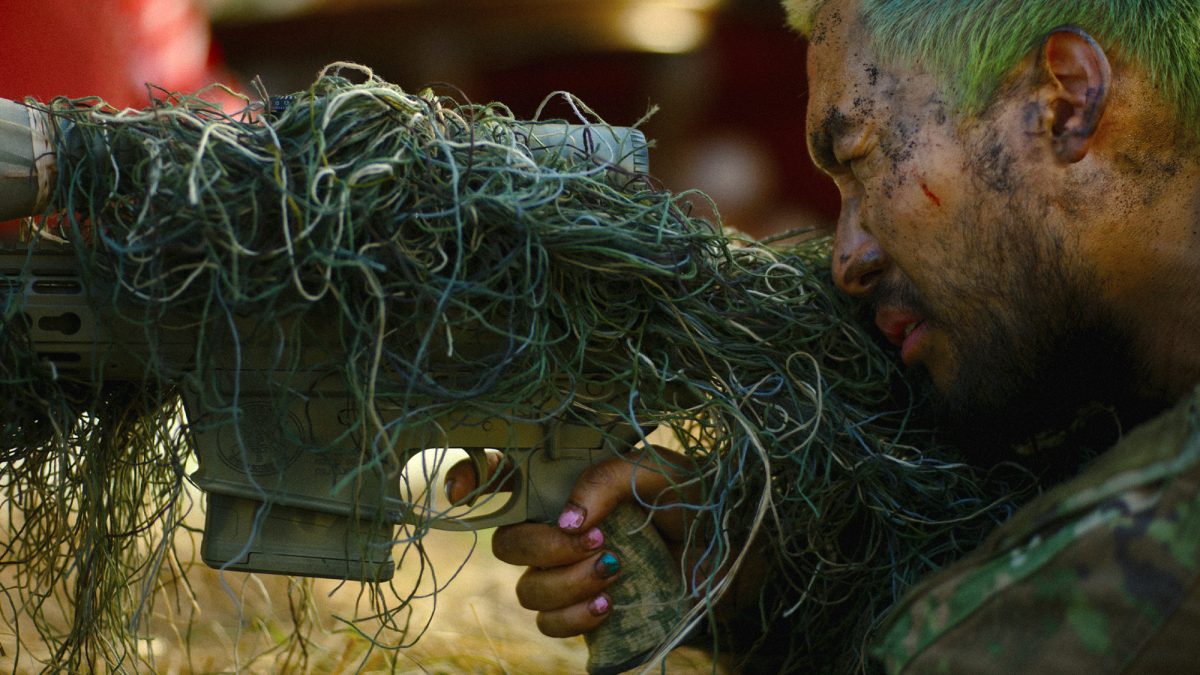
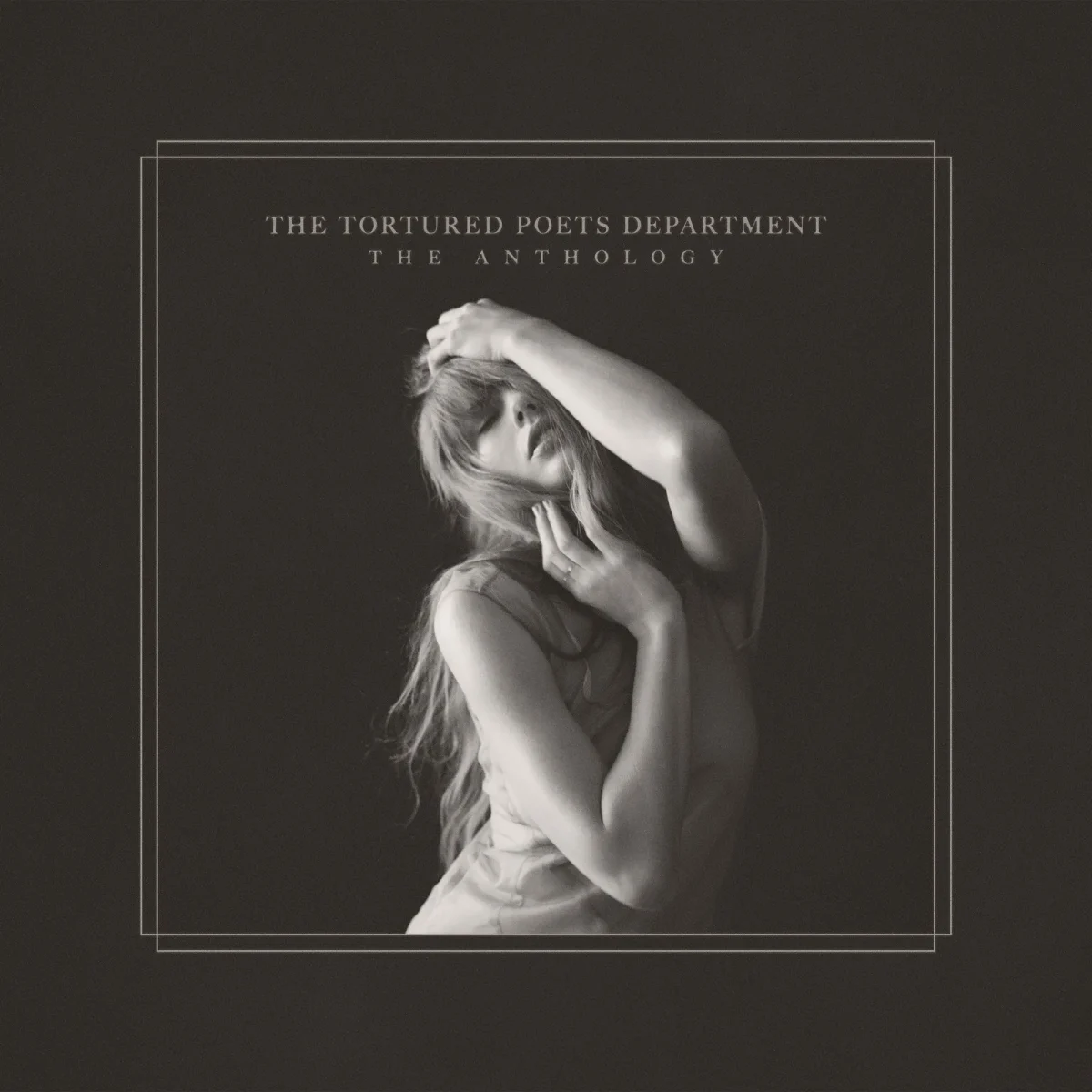

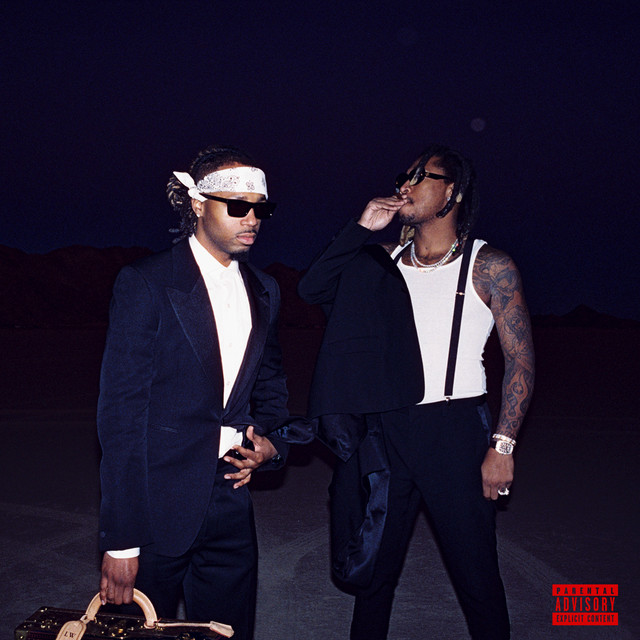
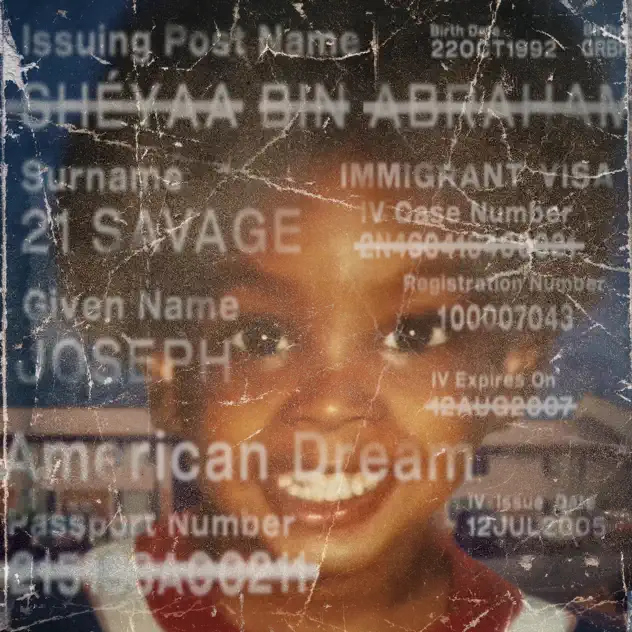
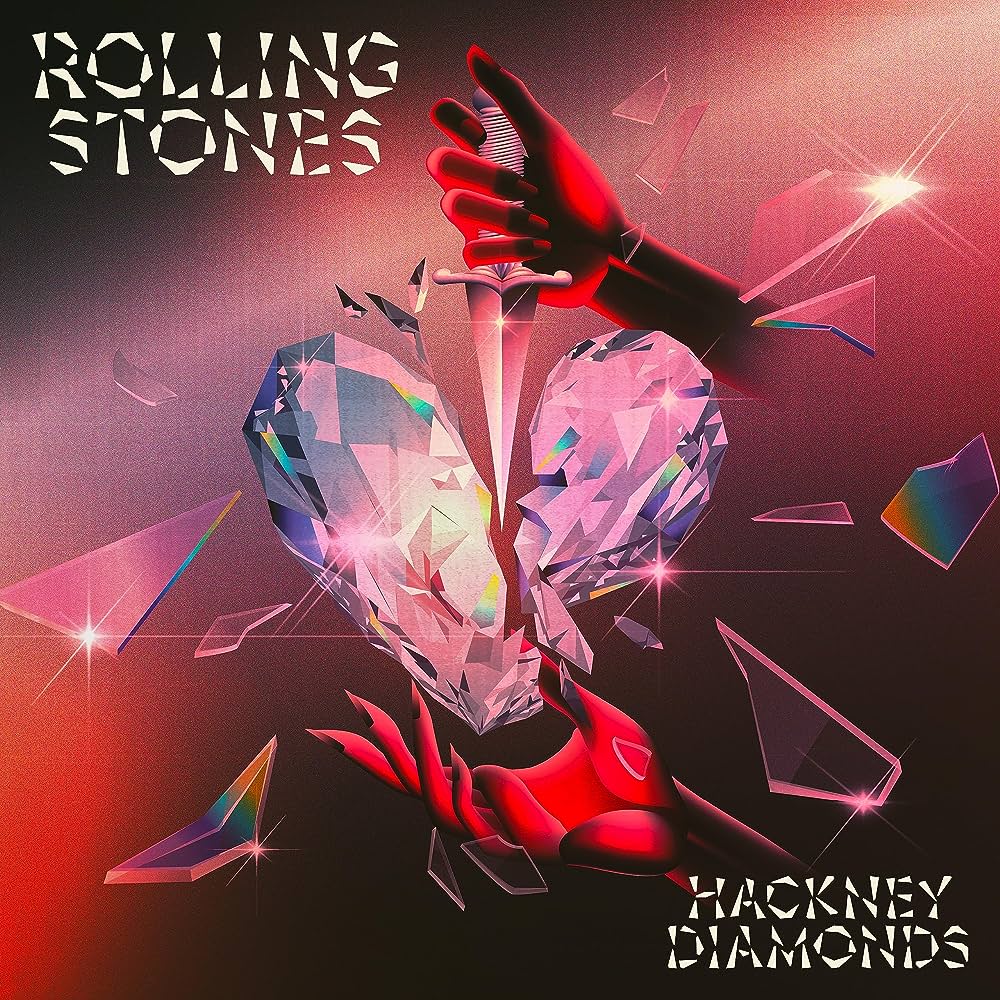
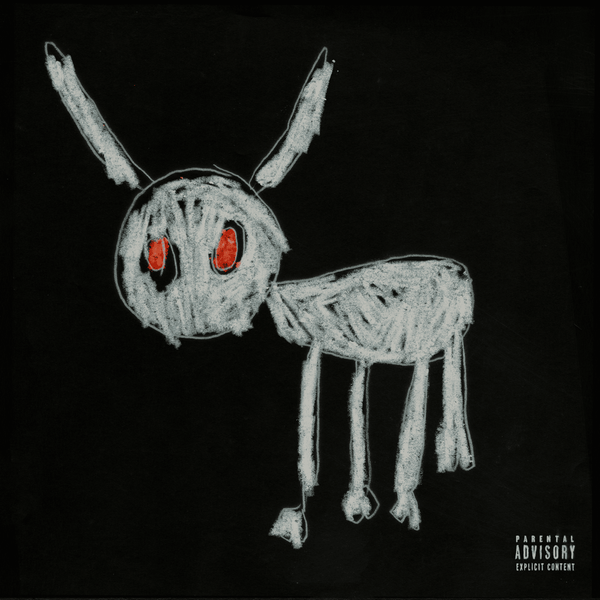
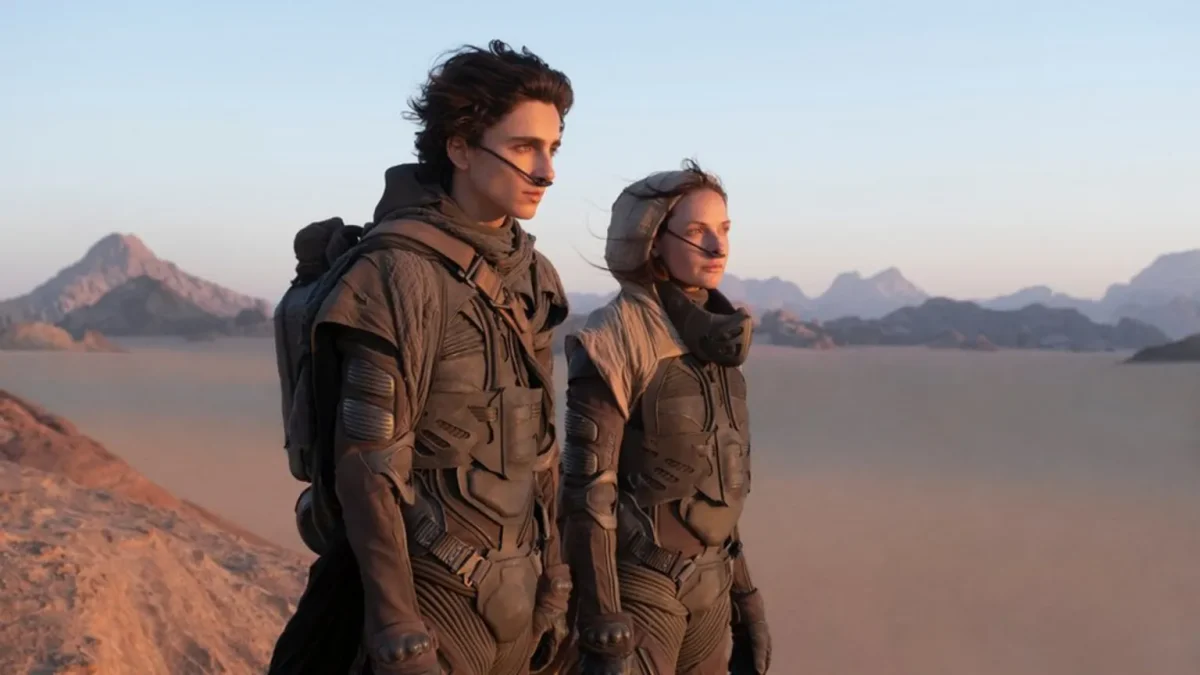
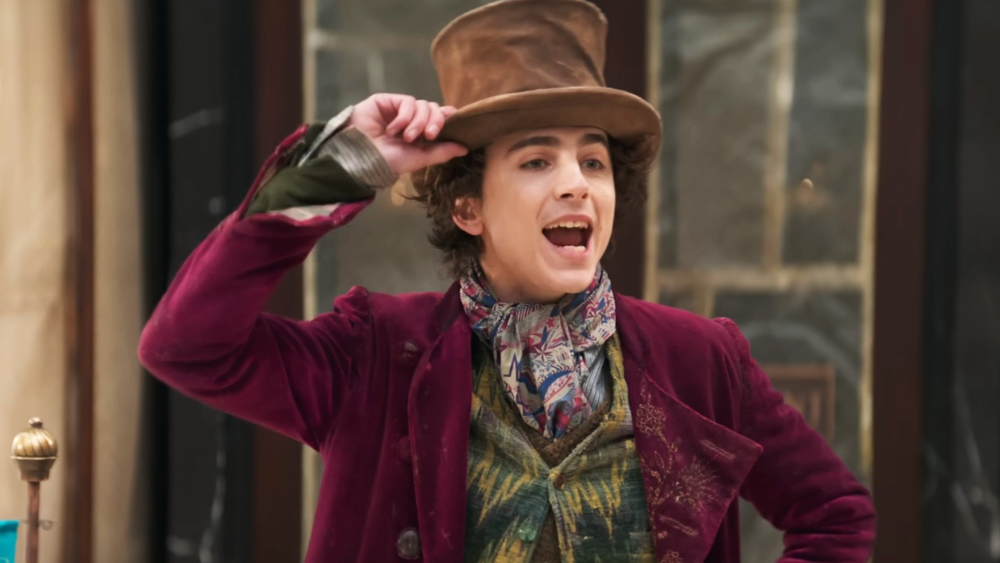
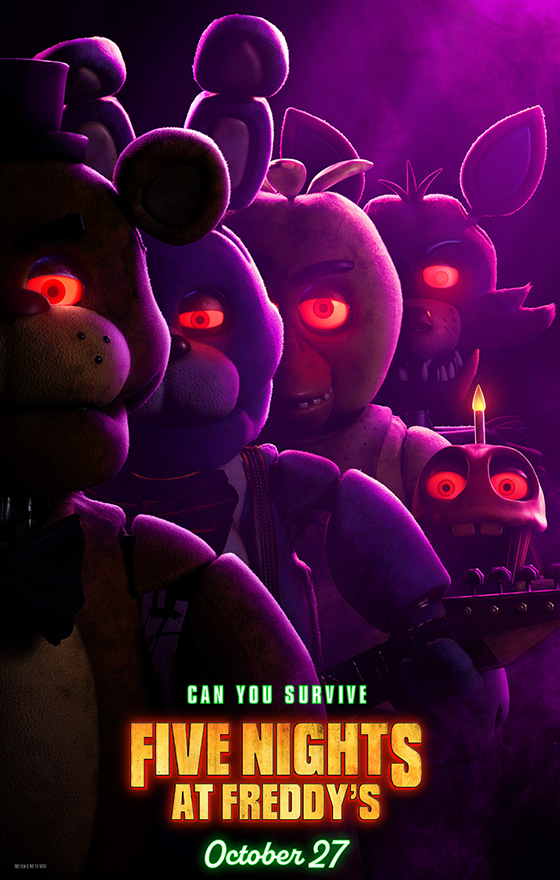
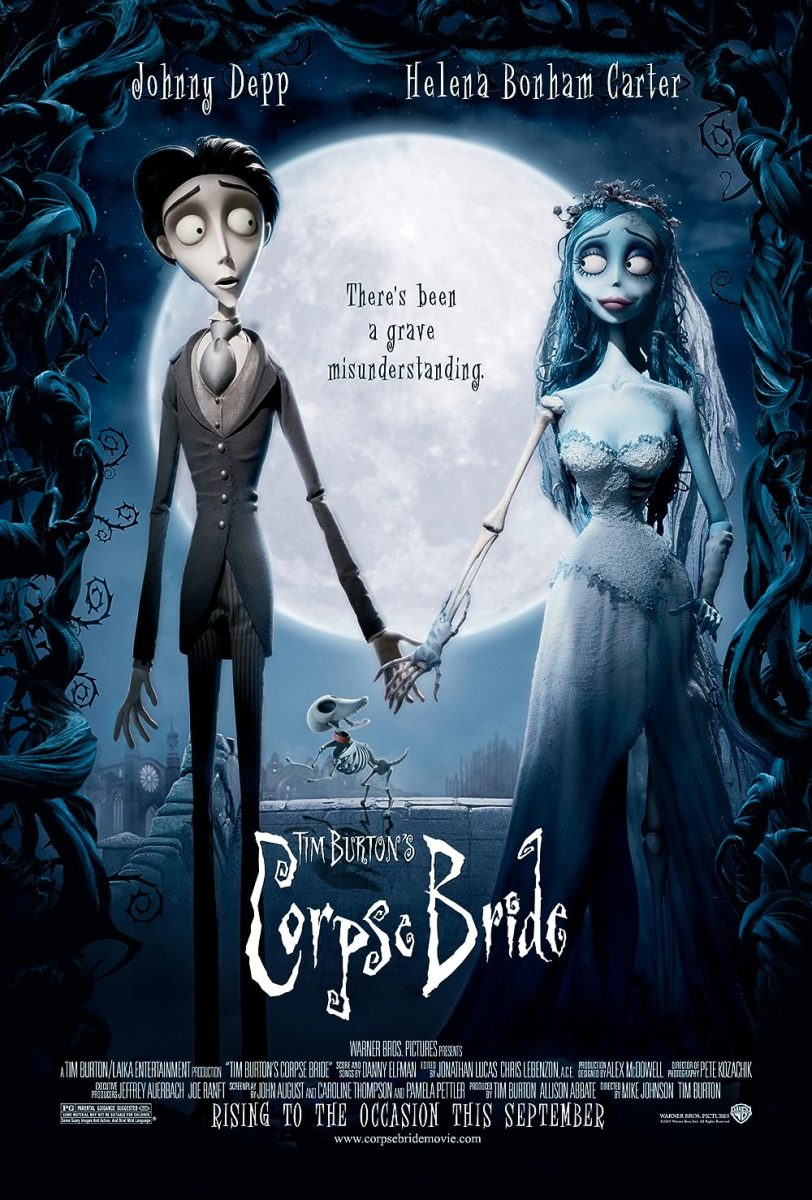
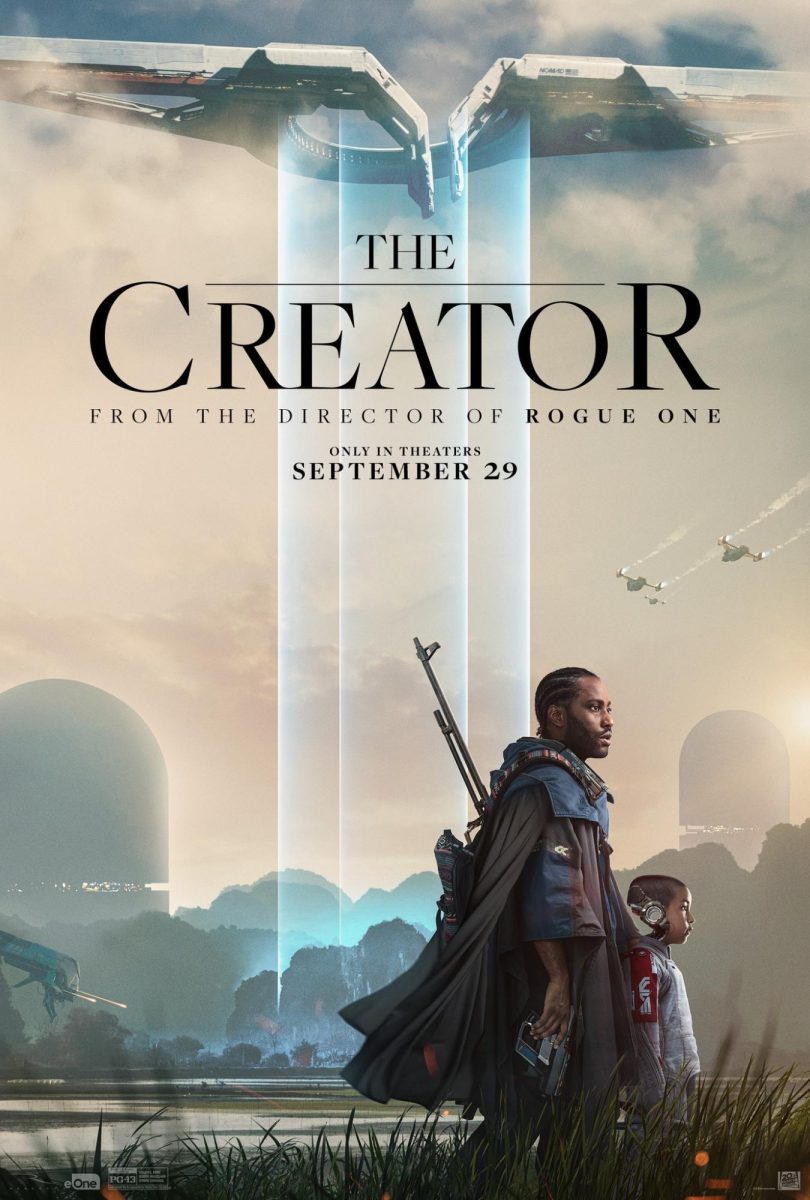





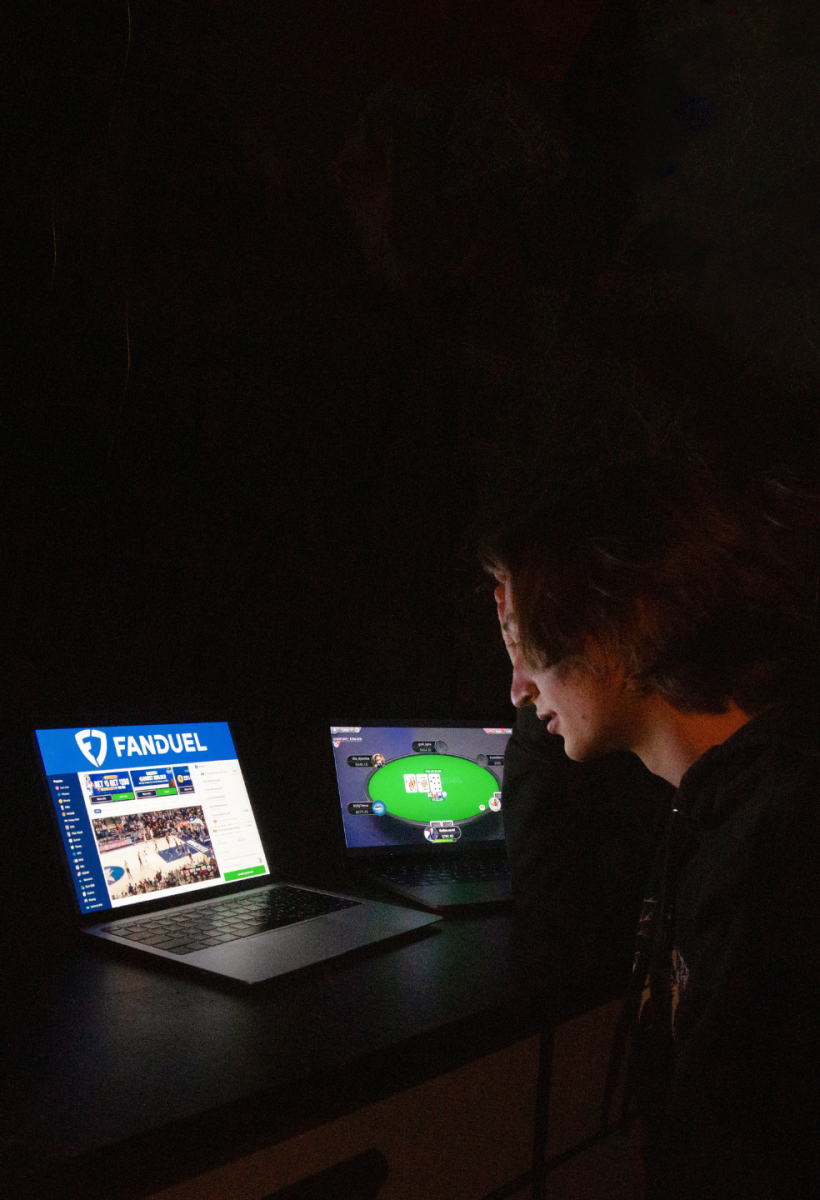

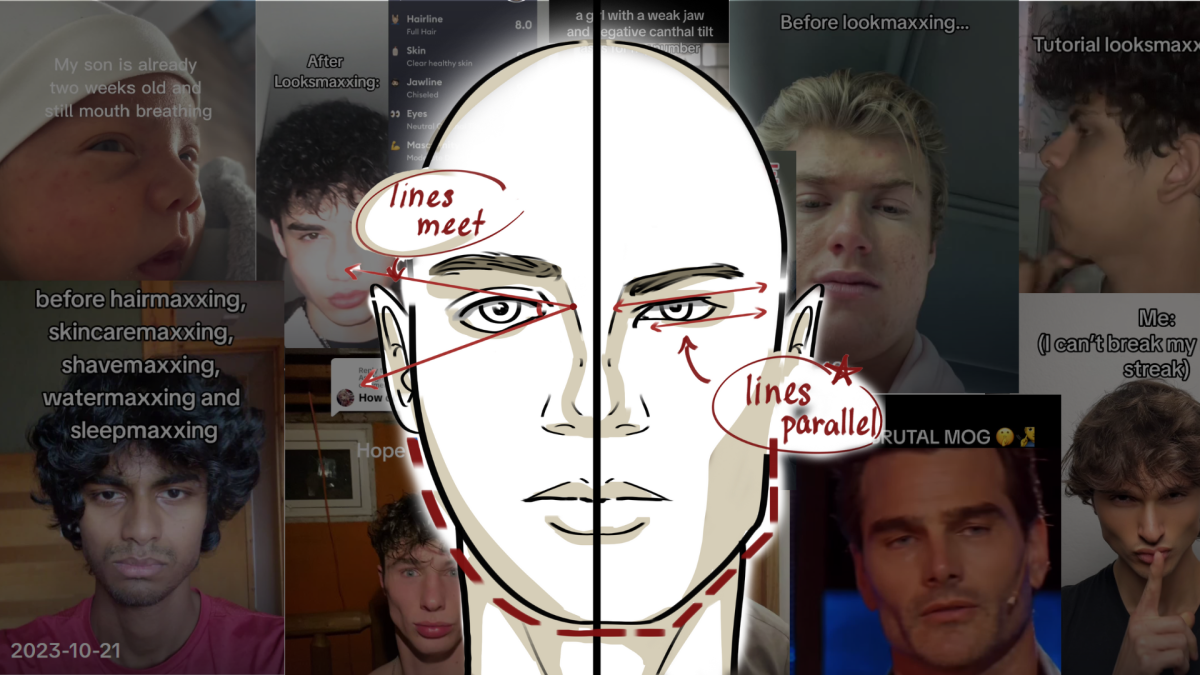
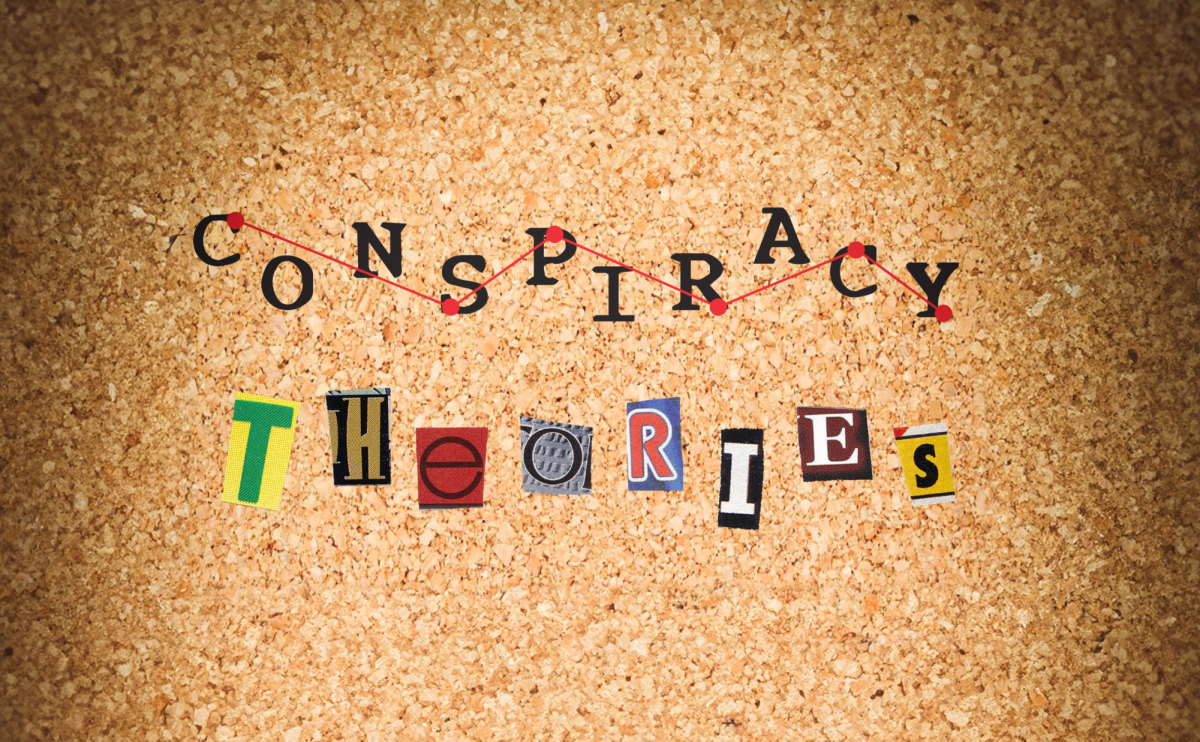
![[OPINION] The dark origins of TikToks looksmaxxing trend](https://www.mvviewer.org/wp-content/uploads/2024/02/Copy-of-Copy-of-Untitled-Design-1200x675.png)
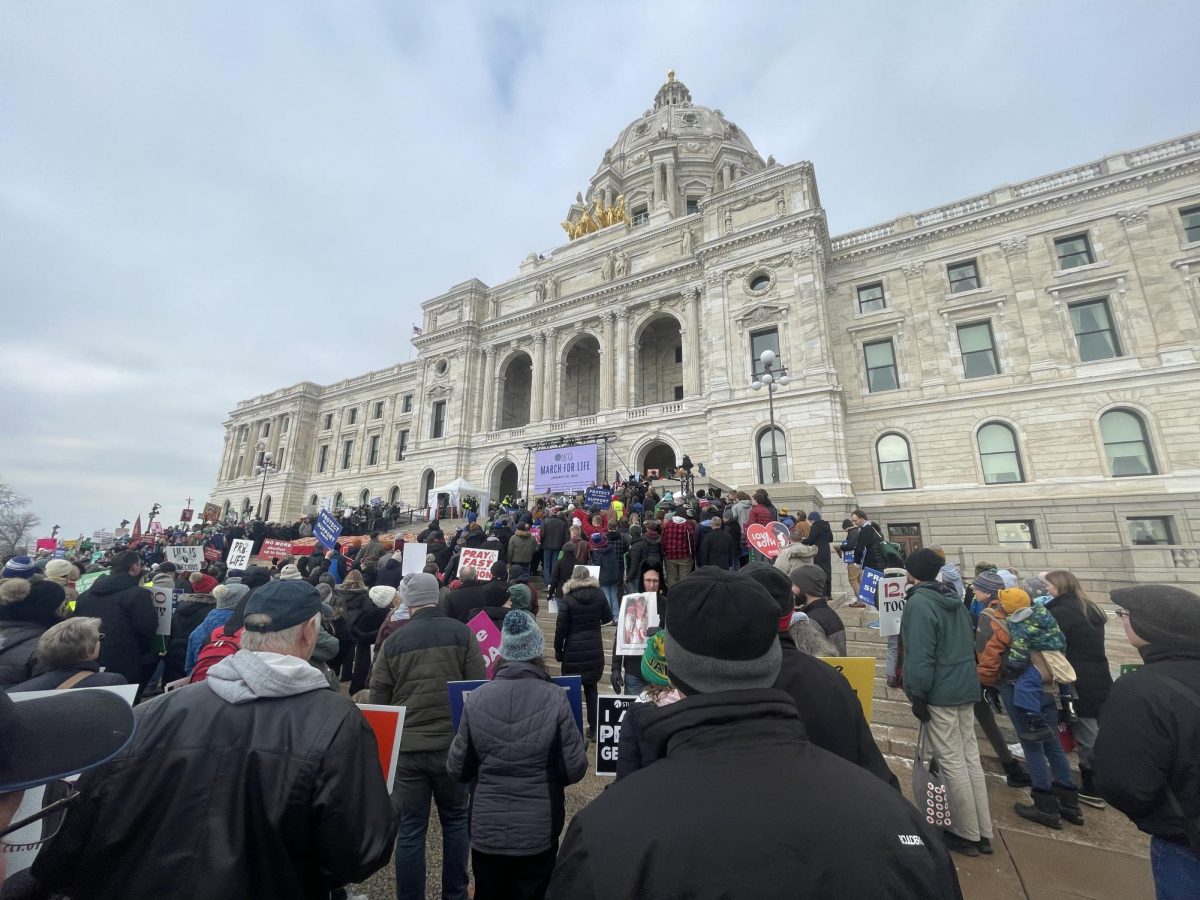

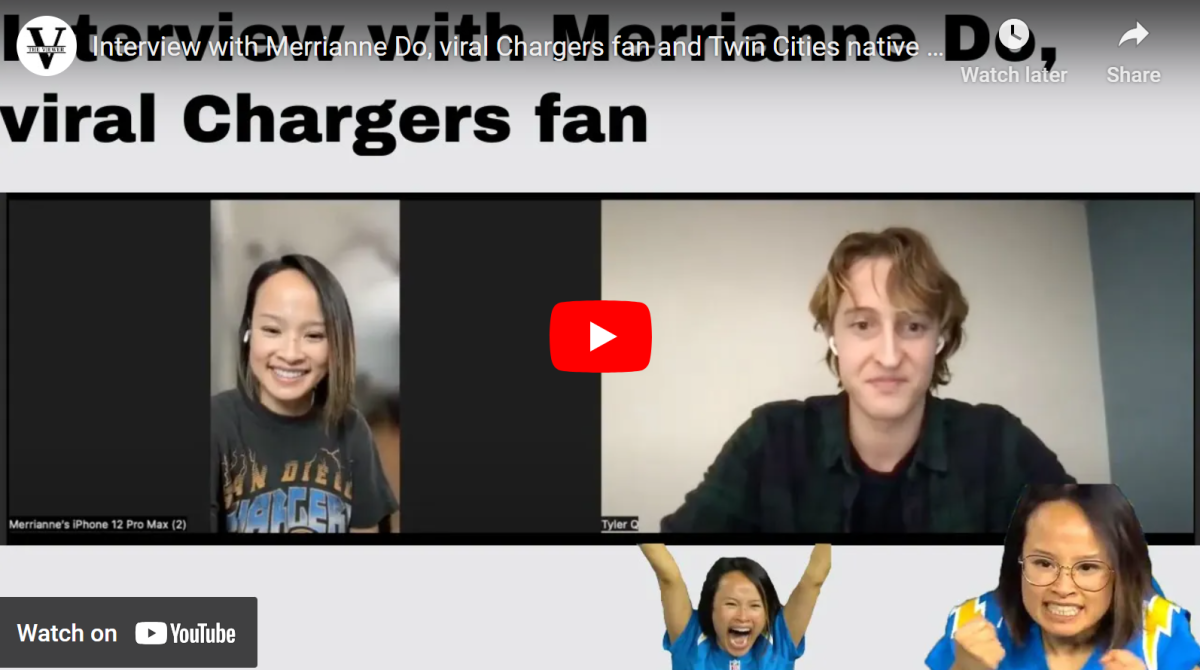

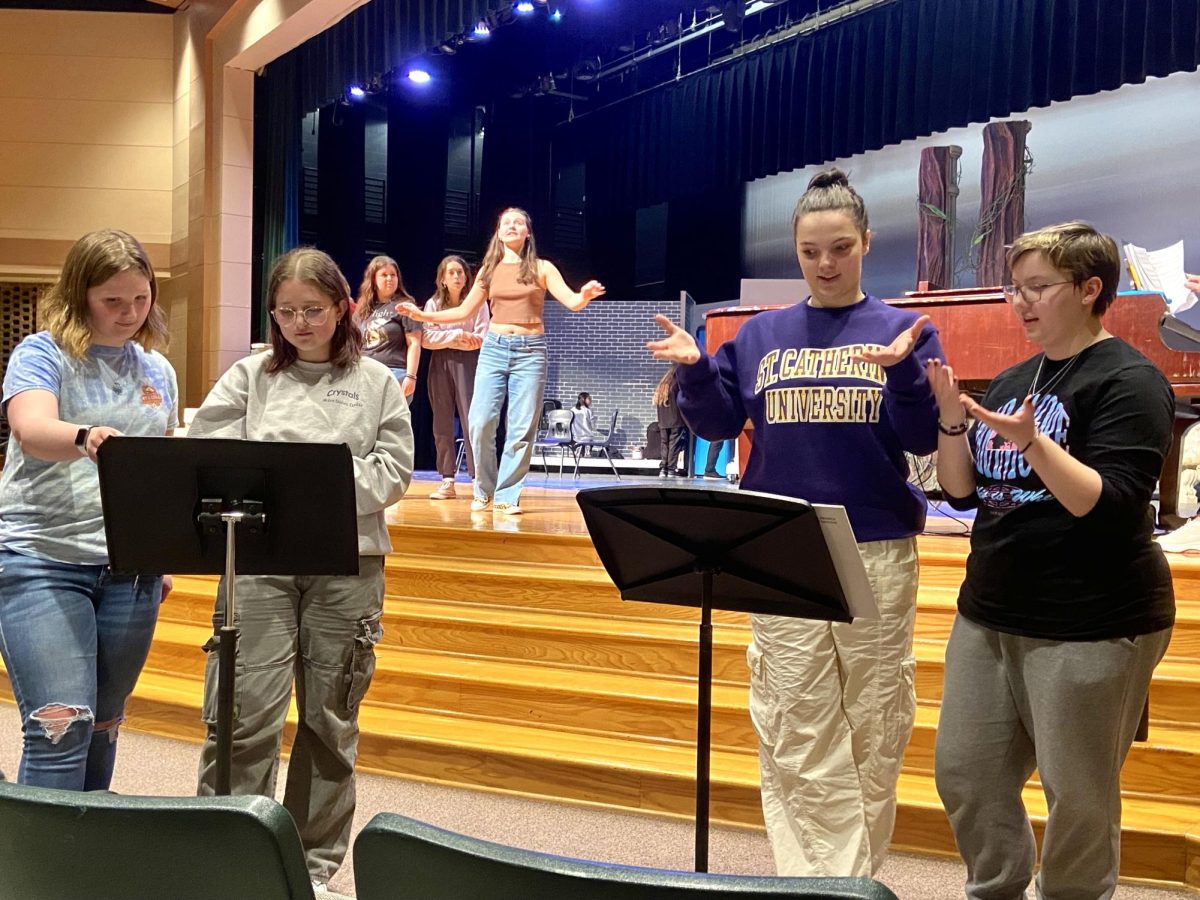

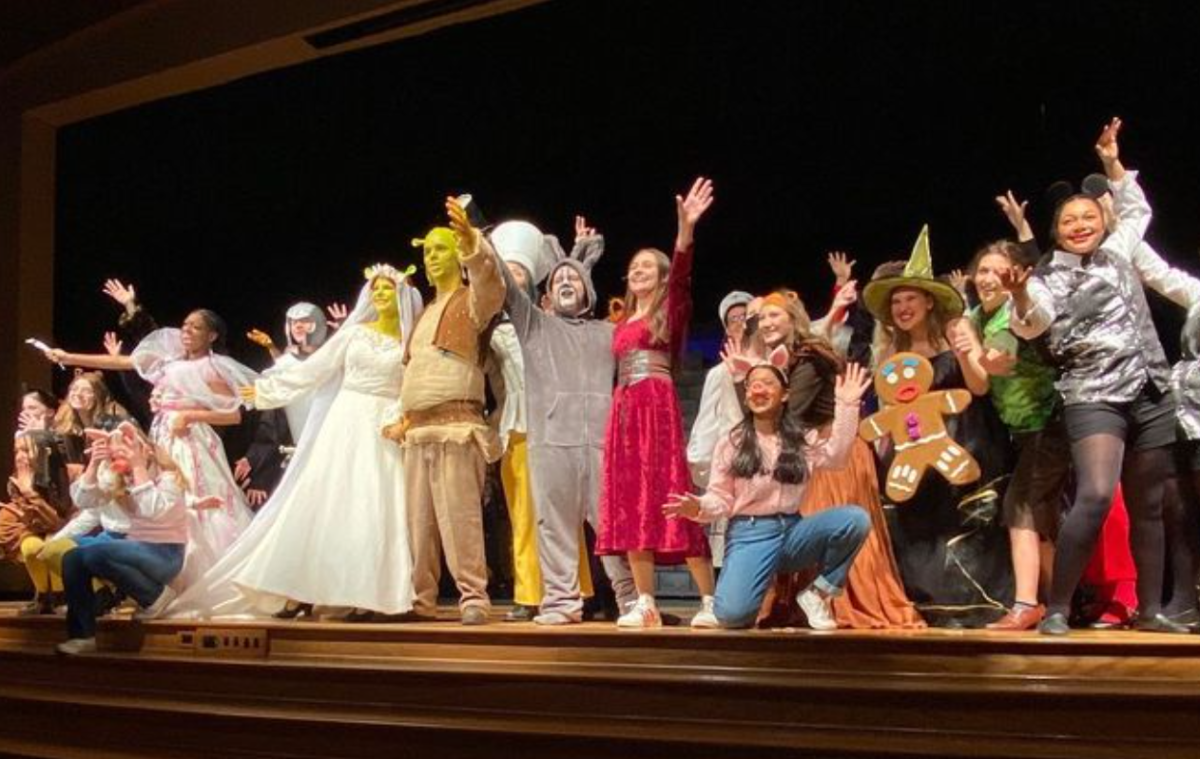

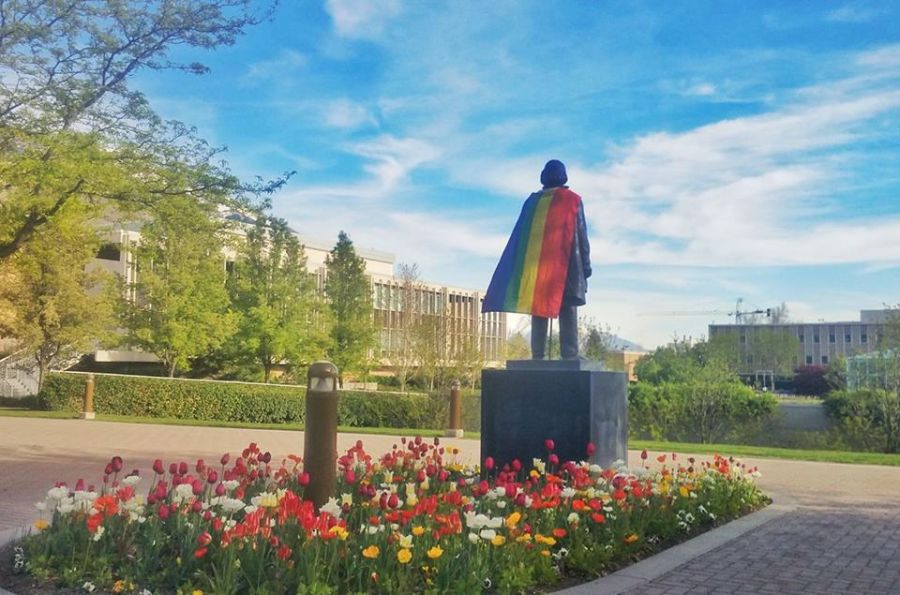
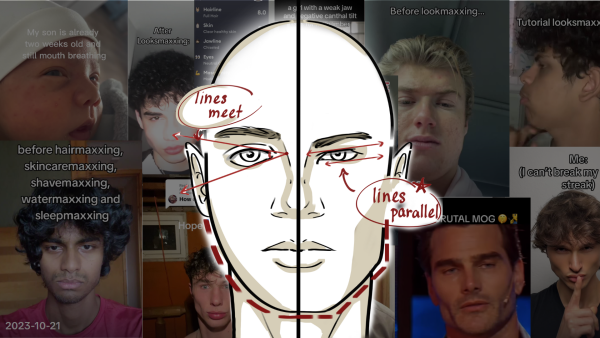
![[DEBATE] What’s better? Coed vs single-gender schools](https://www.mvviewer.org/wp-content/uploads/2023/12/Untitled153_20231215153759-1-600x202.png)


![[OPINION] The dark origins of TikToks looksmaxxing trend](https://www.mvviewer.org/wp-content/uploads/2024/02/Copy-of-Copy-of-Untitled-Design-600x338.png)


